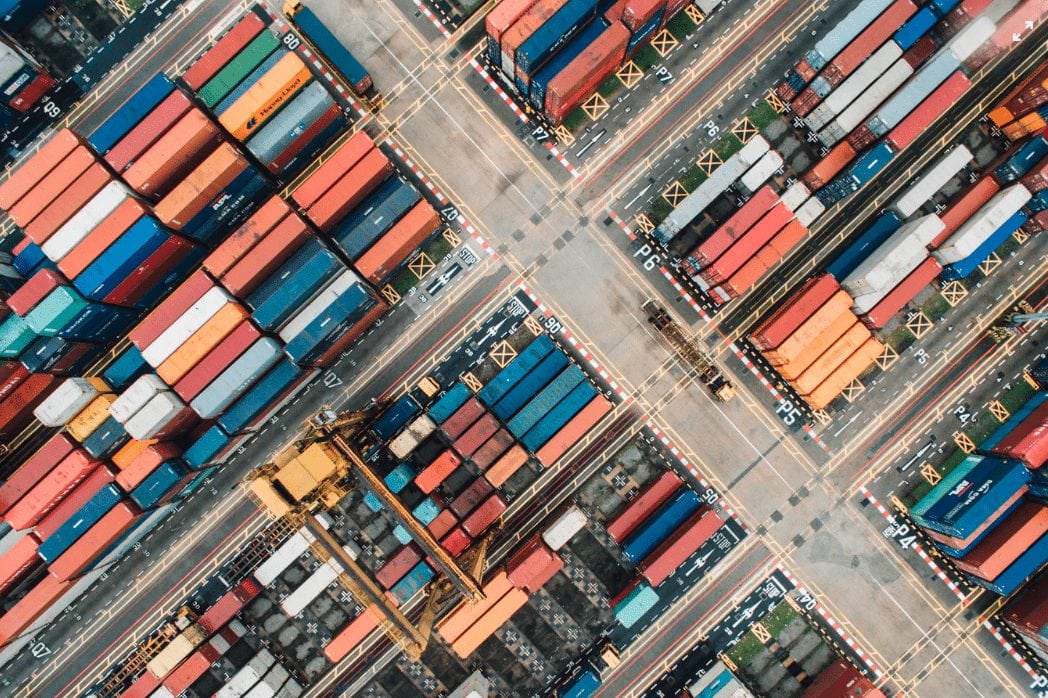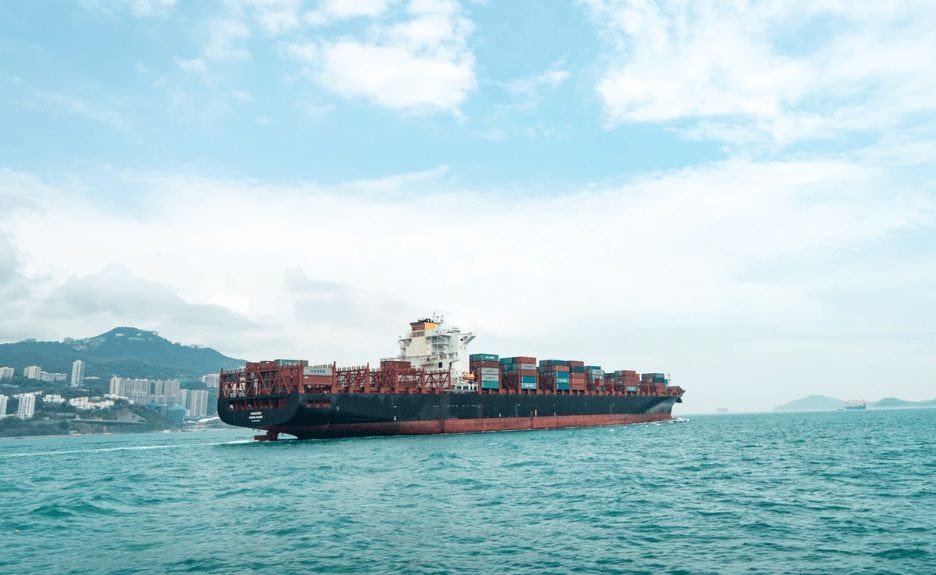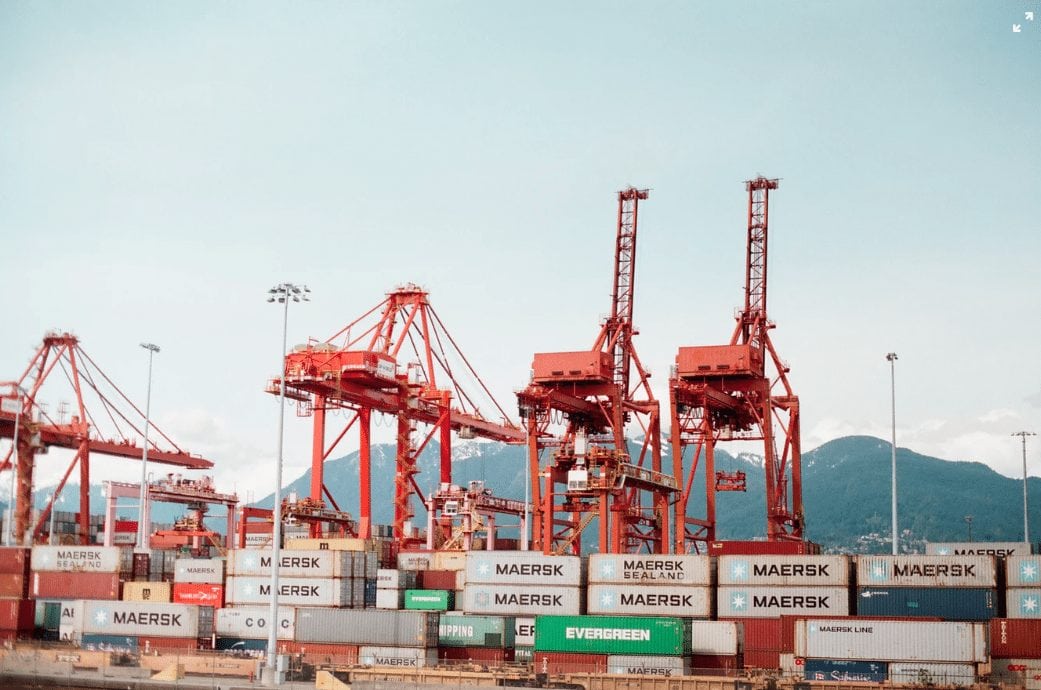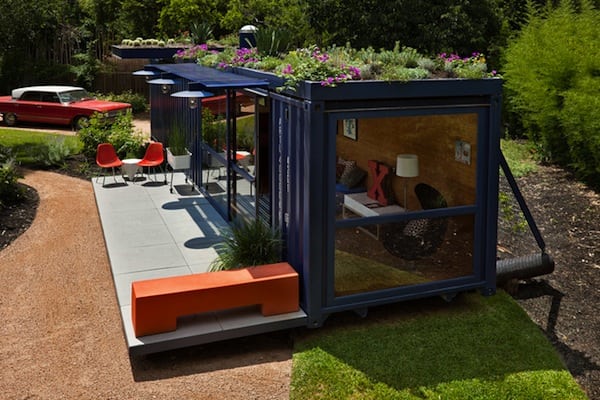10 Fun Facts About Shipping Containers
January 29, 2024In the world of global transportation, shipping containers are the unsung heroes that quietly facilitate the movement of goods across oceans and continents.
From their origins, to their incredible capacity, this article explores 10 weird and wonderful facts about shipping containers that shed light on their significance in the world of trade and transportation.
Whether you’re a seasoned industry professional or simply intrigued by the intricacies of international transport, these shipping container facts offer a captivating glimpse into a vital aspect of our interconnected world.
1. There are currently 17 million shipping containers in circulation around the world, five million of which are in active transit.
It is estimated that there are in excess of 17 million shipping containers in active circulation today, including those sitting in docks or being transported on barges. However, the total number of active shipping containers in transit is only believed to be around 5 million.
2. In total, it’s believed that there are approximately 530 million shipping containers in the world.
In addition to those in active circulation, this figure includes self-storage containers, (including mobile storage containers), modified shipping containers, and of course, containers that are no longer in use.
3. Approximately 85% of the world’s shipping containers are manufactured in China.
The vast majority of the world’s sea containers are manufactured in China and there are several reasons for this. Firstly, China is known for its cost-effective manufacturing capabilities. The country has a vast industrial infrastructure, a skilled labour force which is relatively cheap, and access to raw materials – all of which contribute to lower production costs.
Secondly, China’s geographical location, with access to major shipping routes and ports, makes it convenient for the transportation of finished containers. It’s also home to some of the world’s busiest ports, which makes for an easier export process.
Also, China’s manufacturing industry benefits from economies of scale, allowing for large-scale production and competitive pricing. This has made it a global hub for container production, with numerous manufacturers offering a wide range of container types and sizes to meet the diverse needs of the shipping industry.
4. A 40-foot container can hold around 8,000 shoe boxes.
A standard 40-foot container can hold approximately 2,400 cubic feet, or 67.7 cubic meters of cargo.
This is the equivalent to around 8,000 shoe boxes, or 48,000 bananas.
5. The world’s largest container ship boasts a capacity of 24,346 TEUs.
MSC Irina is the world’s largest container ship, with a capacity of 24,346 TEUs.
In shipping terms, a TEU stands for ‘Twenty-Foot Equivalent Unit.’ It is a standard unit of measurement used to quantify the cargo-carrying capacity of a container ship. One TEU is equivalent to the cargo capacity of a standard 20-foot shipping container.
Launched in March 2023, MSC Irina measures 399.9 meters in length and 61.3 meters in width.
6. Several thousand shipping containers are lost at sea every year.
The number of shipping containers lost at sea each year can vary, but it is estimated that several thousand containers are lost annually. These losses can occur due to a variety of reasons, including severe weather conditions, accidents, and human error.
It’s important to note that the shipping industry has been working to improve container safety and reduce losses through measures such as improved container lashing and securing techniques, as well as more accurate weather forecasting and route planning. Additionally, international regulations and standards have been put in place to minimise container losses and promote safety at sea.
While the exact number of lost containers can fluctuate from year to year, efforts are continuously made to mitigate these losses and ensure the safe transport of cargo across the world’s oceans.
7. Every shipping container has a unique ID number, similar to the number plate on a car. This means they can be tracked regardless of where they are in the world.
A shipping container tracking ID, also known as a container number or container ID, is a unique alphanumeric code assigned to a shipping container. This ID serves as a way to identify and track individual containers as they are transported around the world. It typically consists of a combination of letters and numbers, providing specific information about the container’s origin, owner, and other relevant details.
Shipping container tracking is a crucial aspect of modern logistics. It involves the use of tracking codes, GPS technology and sensors to monitor the location, condition, and status of containers during transit. This real-time tracking helps to optimise supply chain efficiency, enhance security, and provide accurate delivery estimates for businesses and customers worldwide.
8. 95% of the world’s cargo is transported in shipping containers.
Approximately 95% of the world’s cargo is transported in shipping containers, highlighting their crucial role in global trade.
9. When properly maintained, a shipping container has an average life span of up to 30 years.
The average lifespan of a shipping container typically ranges from 15 to 30 years, although this can vary depending on several factors. Here are some key considerations that influence the lifespan of a shipping container:
- Maintenance: Regular maintenance and proper care can extend the life of a container. This includes addressing issues such as rust, corrosion, and structural damage, which can significantly impact longevity.
- Usage: How often a container is used and the conditions it’s exposed to during transport can impact its lifespan. Containers that are frequently loaded, unloaded, and shipped may experience more wear and tear.
- Environment: Environmental factors such as exposure to saltwater, extreme temperatures, and humidity can accelerate corrosion and reduce a container’s lifespan, especially if it’s not adequately protected or maintained.
- Quality: The quality of the container’s construction and the materials used in its manufacturing play a crucial role. High-quality containers may have a longer lifespan compared to those of lower quality.
- Repurposing: Some containers are repurposed for various uses after their shipping life, which can extend their functional lifespan.
Overall, with proper care and maintenance, a shipping container can serve its intended purpose for an average of 15 to 30 years. However, many containers continue to find use in various applications, such as storage, housing, and construction, even after their initial shipping lifespan has passed.
10. Shipping containers weren’t invented until the 1950s when Malcolm McLean invented the precursor to what is now the modern container.
The modern shipping container, as we know it today, was invented in the mid-20th century. Specifically, it was standardised and popularised in the 1950s. The person credited with this innovation is Malcolm McLean, an American trucking magnate.
In 1956, McLean’s company, Sea-Land Service, introduced the first commercially successful standardised container system. This system used metal containers of a standard size that could be easily loaded onto ships, trucks, and trains without the need for individual cargo handling. The standardised container, known as the “Intermodal Container,” revolutionised the shipping industry by significantly reducing the time and cost of loading and unloading cargo.
The International Organisation for Standardisation (ISO) later established standard container dimensions in 1961, further solidifying the use of these containers in global trade. Since then, shipping containers have become a fundamental part of the global logistics and transportation industry, enabling efficient and standardised cargo handling across the world.
For more information on our range of shipping containers for sale, or our various container storage services, please contact U-Move today!




